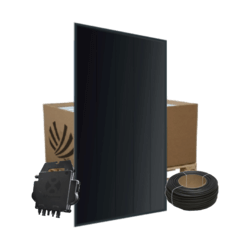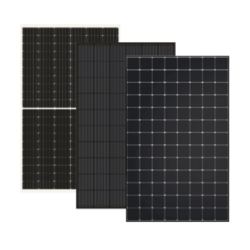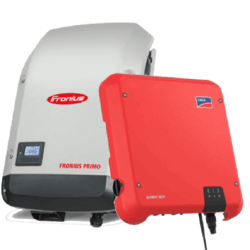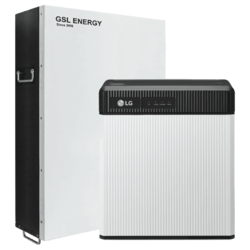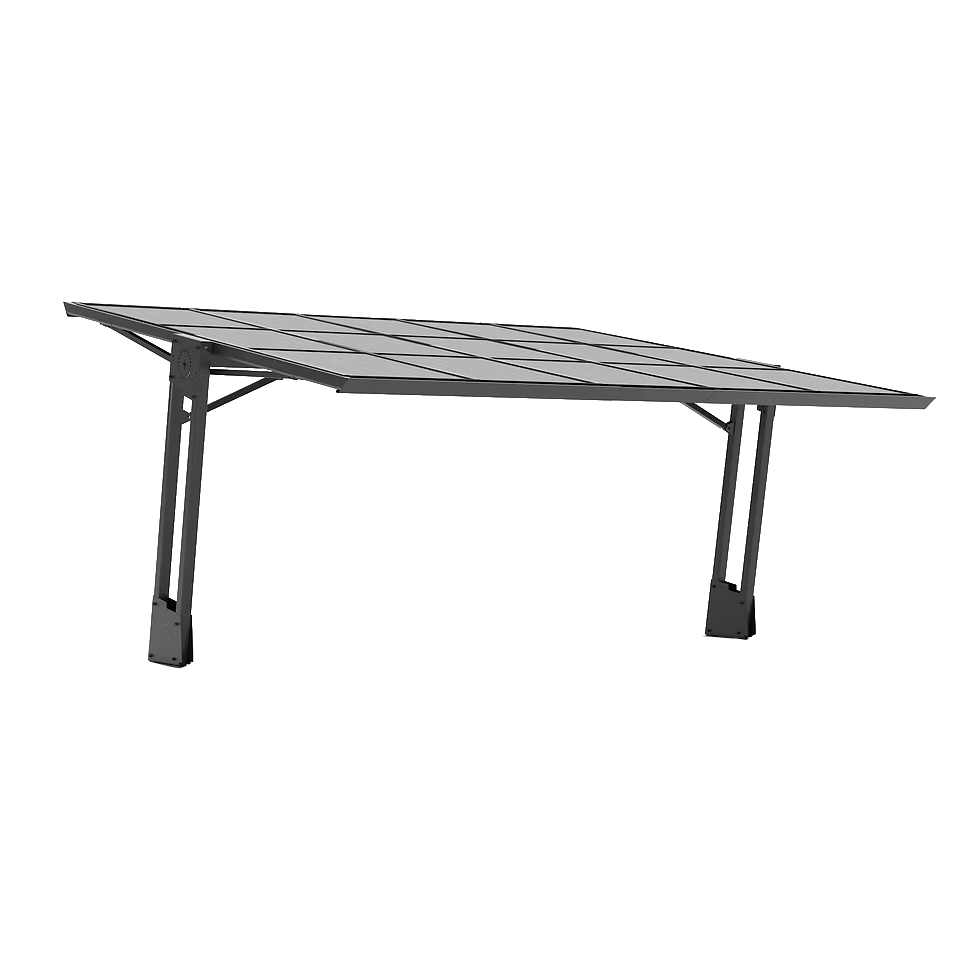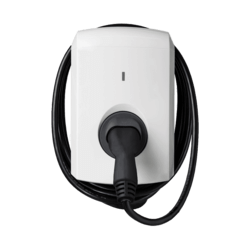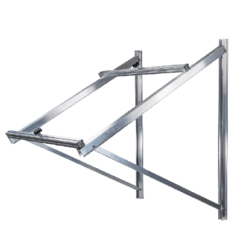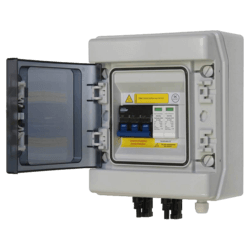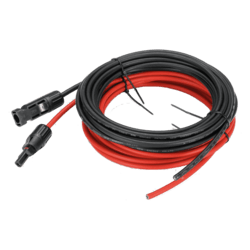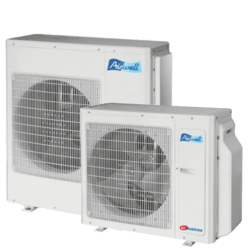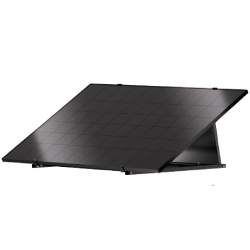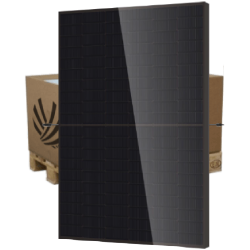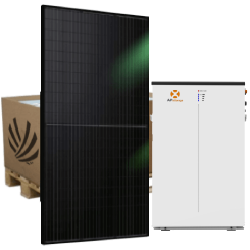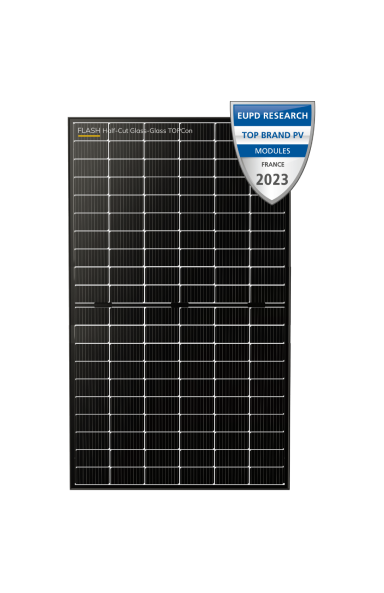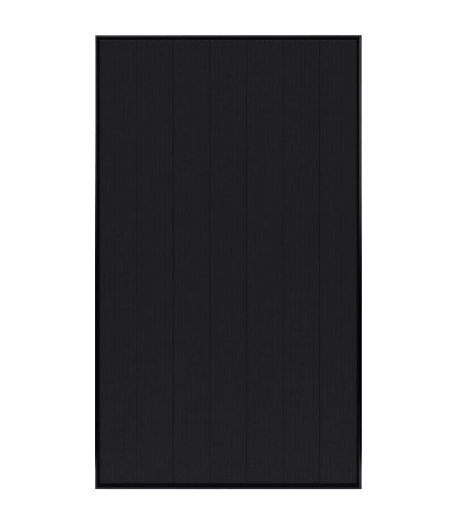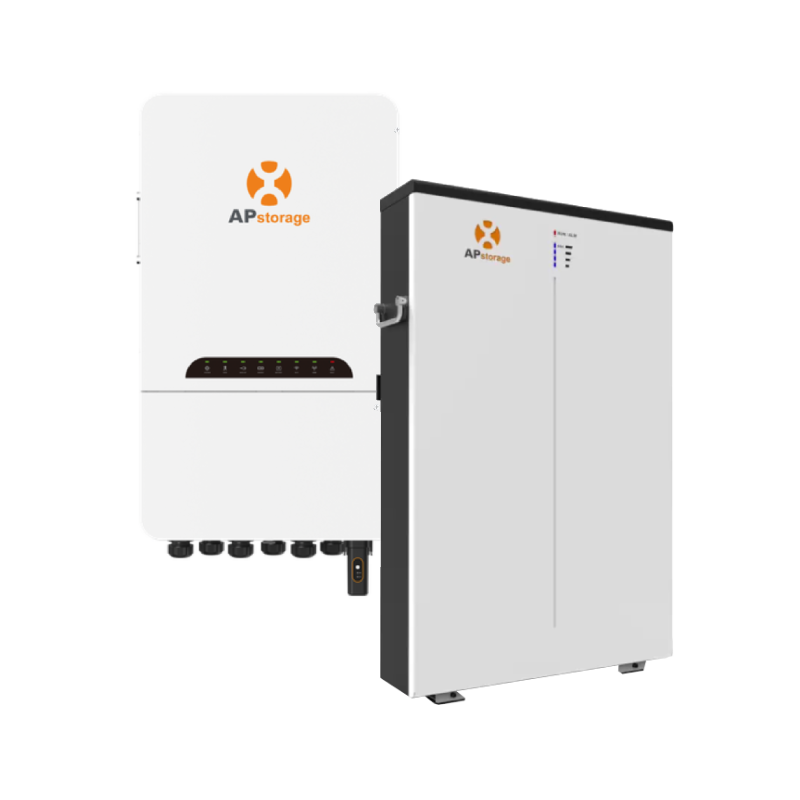Opt for a turnkey self-consumption solar kit. Save on your bills and become energy independent now.
Sub categories
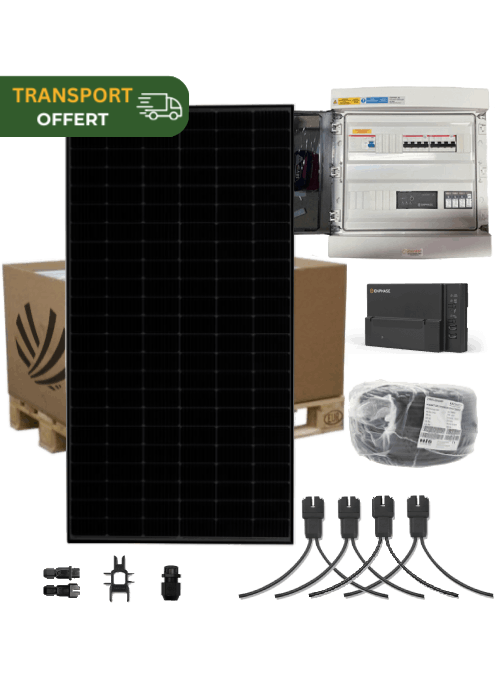
Autoconsumption solar kit 9 kW Triphase 24 Panels Voltec Diamant 375W Micro-inverter Enphase IQ8-AC
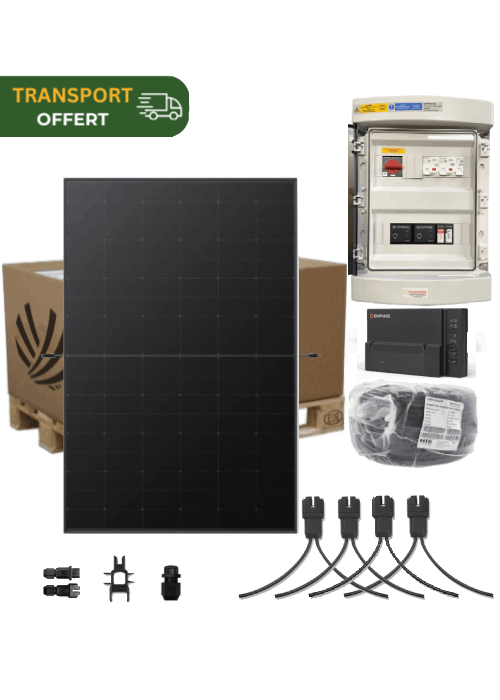
Autoconsumption solar kit 6 kW Monophase 14 Panels Longi Solar Hi-MO X6 425W Full Black Micro-inverter Enphase IQ8-AC
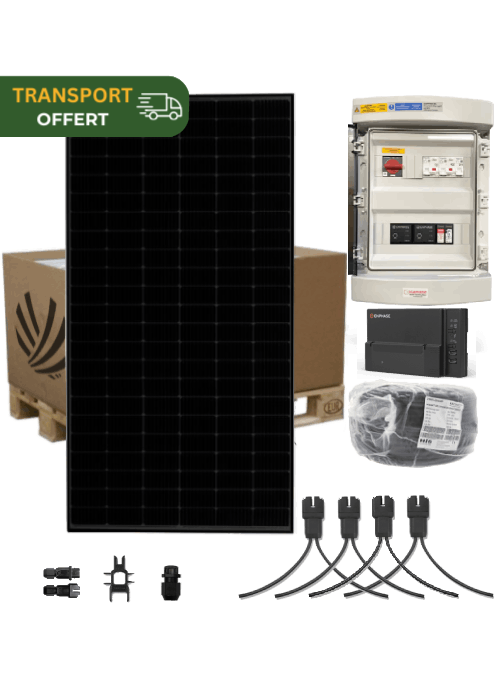
Autoconsumption solar kit 6 kW Monophase 16 Panels Voltec Tarka 375W Micro-inverter Enphase IQ8-AC
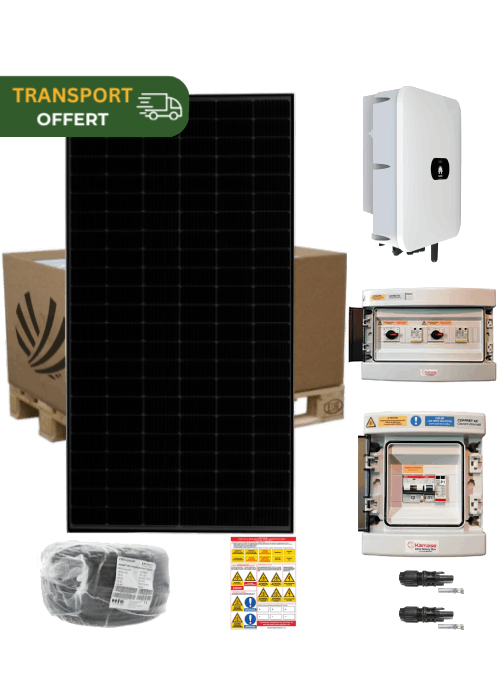
Autoconsumption solar kit 6 kW Monophase 12 Panels Voltec Tarka 500W with Huawei central inverter 6KTL-L1
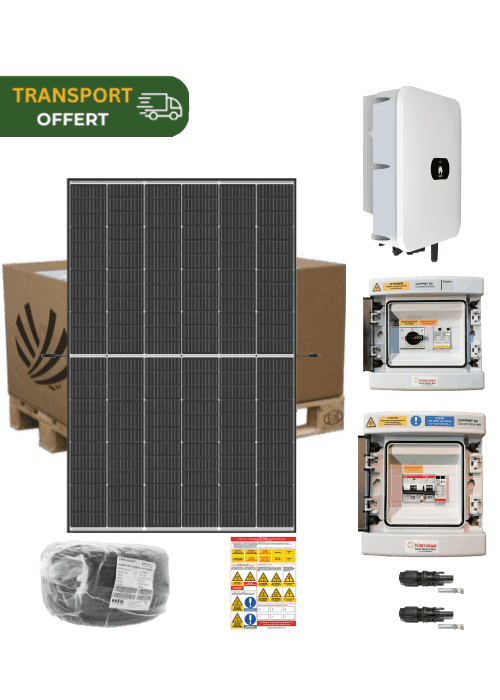
Autoconsumption solar kit 6 kW Monophase 12 Panels Trina Vertex S+ 500W with Huawei central inverter 6KTL-L1
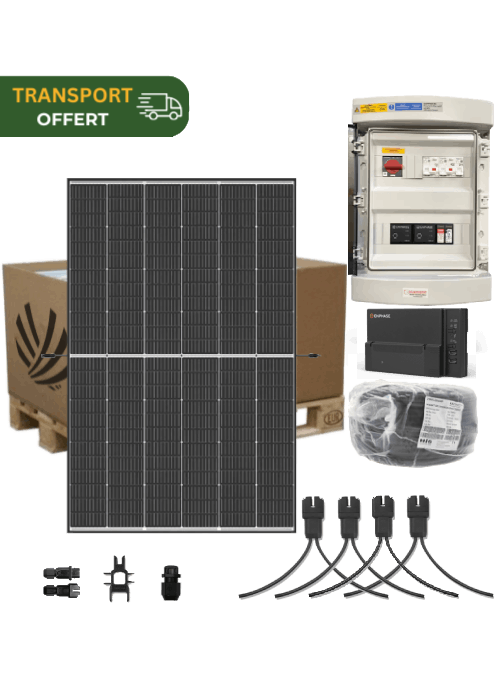
Autoconsumption solar kit 6 kW Monophase 12 Panels Trina Vertex S+ 500W Micro-inverter Enphase IQ8-P
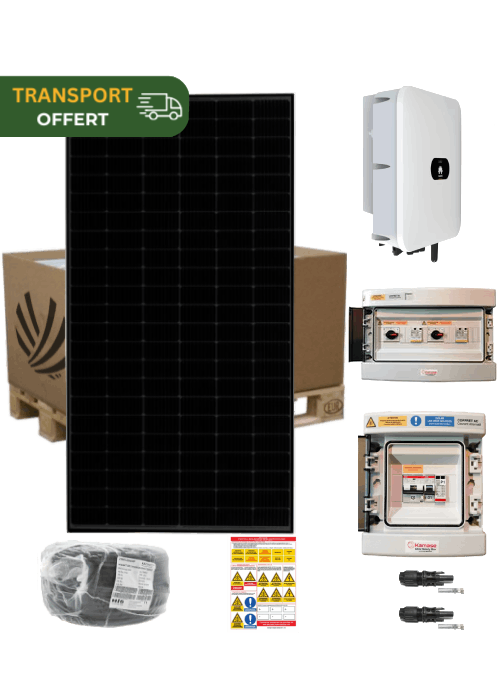
Autoconsumption solar kit 6 kW Monophase 16 Panels Voltec Tarka 375W with Huawei central inverter 6KTL-L1
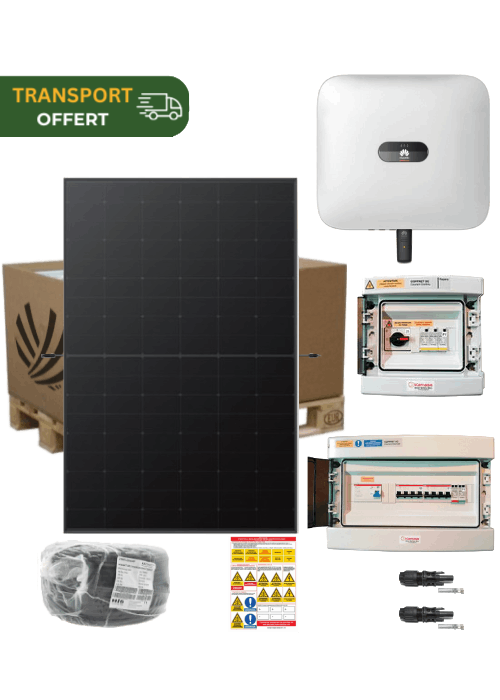
Autoconsumption solar kit 6 kW Triphase 14 Panels Longi Solar Hi-MO X6 425W Full Black with Huawei inverter 6KTL-M1
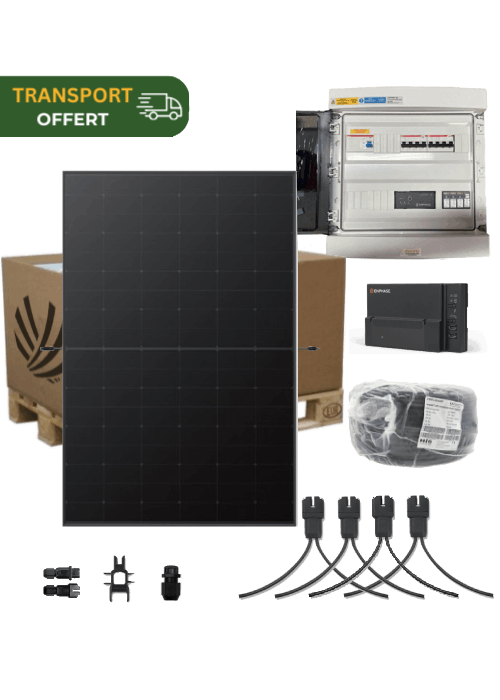
Autoconsumption solar kit 6 kW Triphase 14 Panels Longi Solar Hi-MO X6 425W Full Black Micro-inverter Enphase IQ8-AC
Self-Consumption Solar Kit
Self-consumption refers to using the electricity that you produce.
With a self-consumption solar kit, you can install your own solar panels to optimize your energy production. This kit consists of one or more photovoltaic panels. It also includes micro-inverters that convert solar energy into electricity and a communication gateway to monitor the system.
With this equipment, you benefit from sustainable energy while reducing your carbon footprint.
Discover Our Range of Self-Consumption Solar Kits
Planet Soar is an expert company in energy transition. Our range of solar kits is both affordable and high-quality. Indeed, we aim to offer high-quality products at reasonable prices to allow everyone to commit to sustainable energy.
Our self-consumption solar kits come from major brands. They offer you a turnkey solution to convert solar energy into electricity. Thanks to a wide range of products, you will find the equipment that meets the energy needs of your home.
Our solar kits include:
-
Solar panels;
-
Inverters and/or micro-inverters for connecting the photovoltaic system to the electrical grid;
-
A mounting system adapted to your roof;
-
Pre-assembled cabling with connectors;
-
A consumption monitoring system.
How to Choose My Self-Consumption Solar Kit?
Several criteria should be considered when choosing your self-consumption photovoltaic kit.
The Importance of Defining Your Energy Needs
To determine the ideal self-consumption solar kit power, you need to assess your electricity consumption. To do this, refer to your annual electricity bills to know your consumption in kWh.
This estimate will allow you to determine the electricity you need to run your home. Record the number of kWh consumed to find the right solar equipment. This way, your solar panels will cover part of your electricity consumption.
What Power Should I Choose for My Self-Consumption Solar Kit?
To make the best choice, it is essential to define your energy needs. The power of a solar panel is expressed in kWp (kilowatt-peak). This value corresponds to the electrical production capacity for 1,000 watts under optimal conditions per square meter. One kWp corresponds to a production of 900 to 1,400 kWh per year.
Thus, if your annual consumption is between 6,000 and 8,000 kWh, a 6,000 Wp solar kit is suitable for your home. It is important to note that solar panel performance varies depending on the sunlight in your area and the season. In winter, they still produce electricity, but their efficiency is lower.
What Is the Difference Between a Three-Phase and a Single-Phase Solar Kit?
The choice between a three-phase and a single-phase solar kit depends on your electrical installation.
-
A single-phase installation means that a single electrical conductor powers your home. All electrical appliances are connected to this same conductor, which is the case for most households.
-
A three-phase installation, as its name suggests, has three-phase conductors, each with the same power. Electrical appliances are connected to these three conductors depending on their location in the house. This type of installation is often used if the house has multiple buildings, outbuildings, or is in an isolated area.
A single-phase self-consumption solar kit is compatible with most electrical installations and standard consumption. A three-phase solar kit, on the other hand, is essential if you have a three-phase meter. It provides the necessary power to supply your installation.
Differences Between Monocrystalline and Polycrystalline Solar Kits
-
Monocrystalline solar panels are made from a single silicon crystal. They have a uniform and aesthetically pleasing appearance. These solar kits are very efficient and suitable for colder regions or areas with low sunlight. They can convert more solar energy than polycrystalline panels.
-
Polycrystalline solar kits are made from multiple silicon crystals. They have a bluish color, unlike monocrystalline panels, which are black. These panels have a less uniform appearance and are cheaper but also have a lower efficiency. They are preferable in hot regions as they are highly resistant to high temperatures.
Advantages of Self-Consumption Solar Kits
With a self-consumption solar kit:
-
You save up to 60% on your electricity bill.
-
You gain satisfaction by becoming more independent by producing part of your energy.
-
You generate green energy, reducing your carbon footprint.
-
You increase the value of your property by improving its energy efficiency.
How to Install a Self-Consumption Solar Kit?
Installing your self-consumption solar kit is simple, provided you follow certain rules:
-
Choose the right location: To ensure optimal performance, install your solar panels on a south-facing surface.
-
Adjust the panel inclination: To capture the most solar energy, the tilt should generally be between 30° and 35°. However, the slope of your roof must also be considered.
-
Mount and secure your photovoltaic panels by carefully following the installation manual.
-
Connect the electrical wiring: Follow the manufacturer’s instructions carefully and verify that all connections are fully secured.
-
Check the functionality of your solar kit: It should start producing electricity as soon as the panels are exposed to light.
-
Install batteries if you choose to store the generated energy for nighttime use.
-
Monitor system performance and exposure.
Planet Soar Offers Various Brands of Self-Consumption Solar Kits
Planet Soar provides a wide range of high-performance solar kits and accessories from the following brands:
-
Dualsun
-
Enphase
-
Sunpower
-
AE Solar
-
APSystems
-
Longi
-
Trinasolar
-
Voltec Solar
-
Jinko Solar
-
Huawei
-
SMA
-
BYD
To learn more, also check out these products:

